Emos B9684 Manual
Læs gratis den danske manual til Emos B9684 (24 sider) i kategorien Ikke kategoriseret. Denne vejledning er vurderet som hjælpsom af 37 personer og har en gennemsnitlig bedømmelse på 4.2 stjerner ud af 19 anmeldelser.
Har du et spørgsmål om Emos B9684, eller vil du spørge andre brugere om produktet?

Produkt Specifikationer
| Mærke: | Emos |
| Kategori: | Ikke kategoriseret |
| Model: | B9684 |
Har du brug for hjælp?
Hvis du har brug for hjælp til Emos B9684 stil et spørgsmål nedenfor, og andre brugere vil svare dig
Ikke kategoriseret Emos Manualer
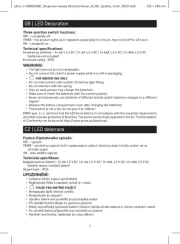
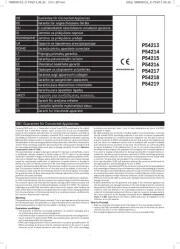
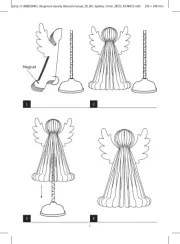
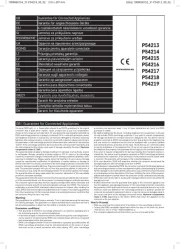
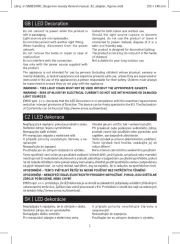
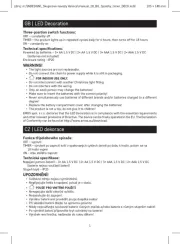
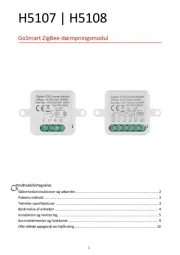
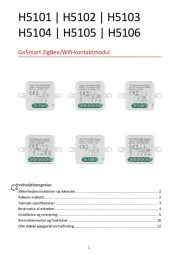
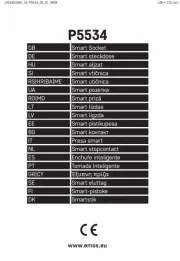
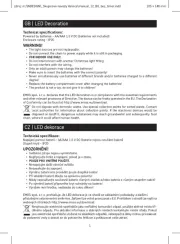
Ikke kategoriseret Manualer
- Maxview
- EK Water Blocks
- Heinner
- JSAUX
- Deaf Bonce
- Life On Products
- ABE Arnhold
- Pentatech
- Paulmann
- Zaahn
- Clage
- Sonicware
- Pawa
- Kolcraft
- For.A
Nyeste Ikke kategoriseret Manualer









